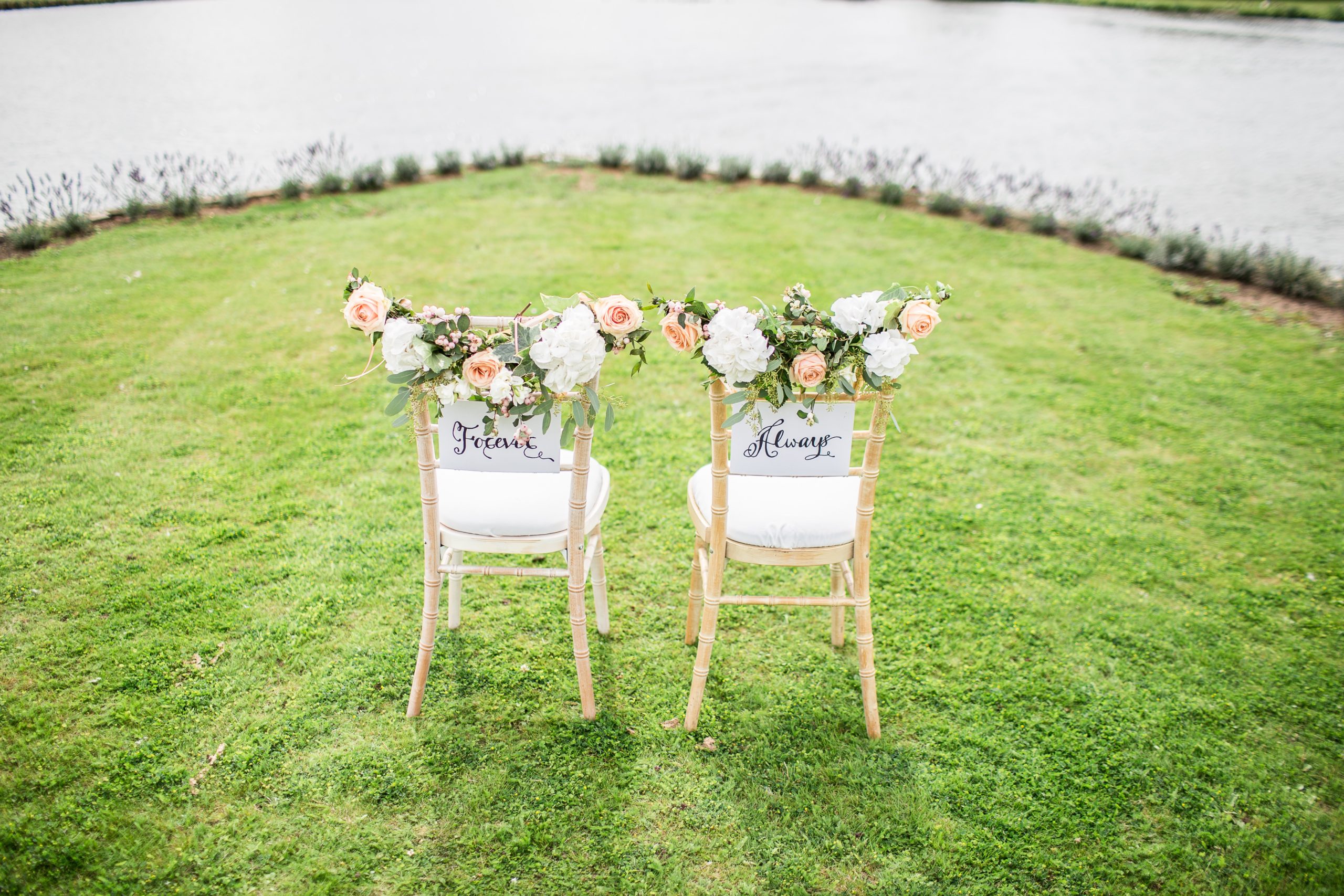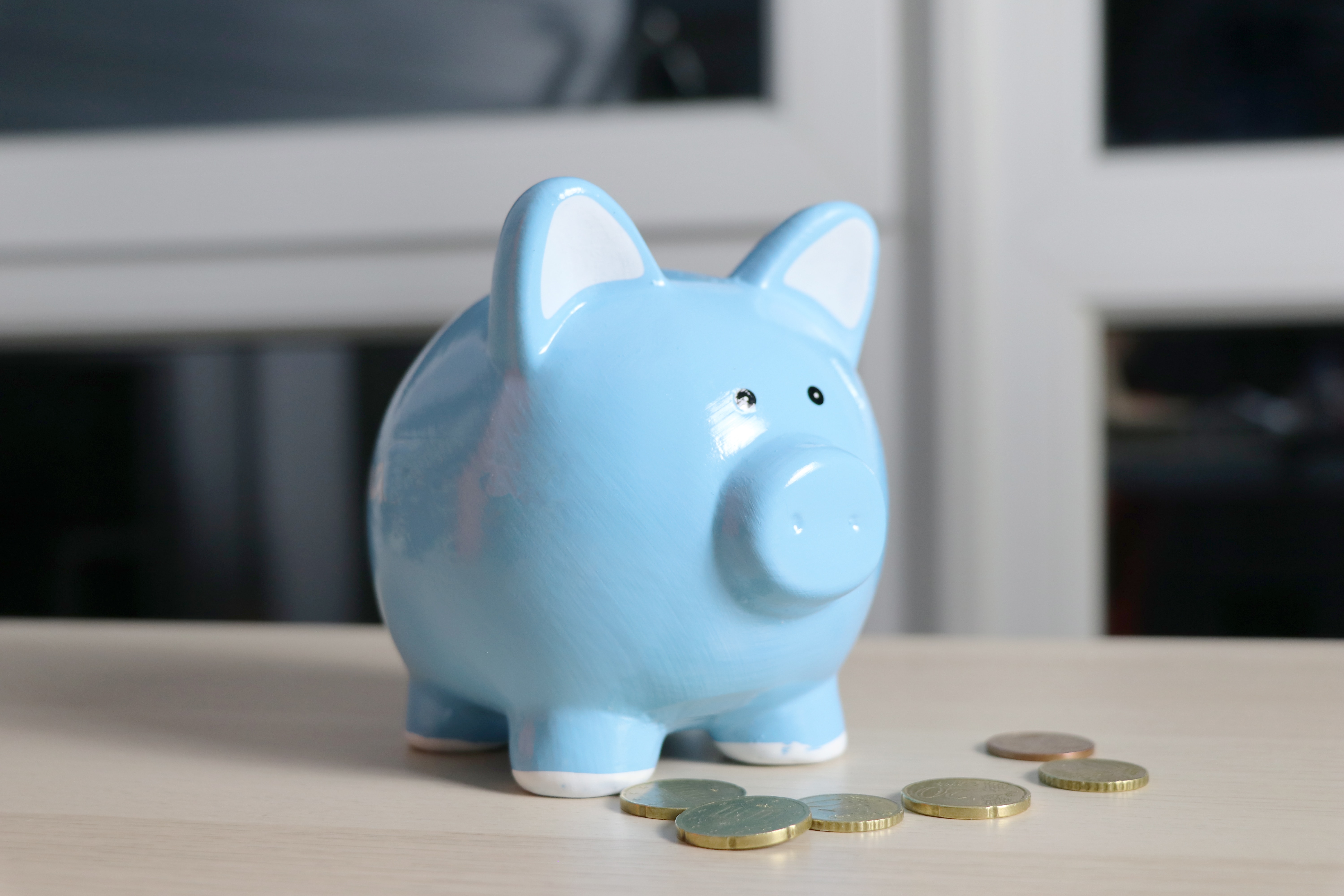If your car broke down right now and it was going to cost $1000 to fix, would you be able to cover it? If your answer is yes, I have a follow up question: would you be able to cover it from cash you have saved for that kind of thing, or would you use a credit card to pay for it?
If your answer is no you wouldn’t be able to cover it without using a credit card, you’re not alone. According to a survey conducted by Bank Rate, only 39% of Americans would be able to cover a $1000 emergency. What should you do if you fall into that 61% of Americans that wouldn’t be able to cover that kind of emergency? Start an emergency fund.
What is an emergency fund?
I’ve mentioned emergency funds in a couple posts before, but I wanted to go a little deeper on how and why you should have one. Let’s start with what exactly is an emergency fund. An emergency fund is a bank account with money that you have set aside for large unexpected expenses. Things like a major car repair, a medical bill, or loss of a job.
An emergency fund is not money for vacations, holiday shopping, or other large purchases. It helps to have the money in a completely different savings account from your normal checking/savings account that you withdraw more regularly from.
Why do I need an emergency fund?
Having an emergency fund can help you get through a tough time without having to rely on high-interest credit cards or loans. If you already have debt, it becomes even more important to have money saved for unexpected purchases to avoid getting deeper into debt. We are all susceptible to emergencies and it’s important to be prepared.
How much should I have in my emergency fund?
The answer is it depends. Your needs will depend on your current financial picture and what obligations you have. Generally, a good rule of thumb is to have 3-6 months worth of your living expenses saved. If you suddenly lost your job, having this amount saved can help cover your bills while you find your next job.
How do I start an emergency fund?
If you find yourself feeling overwhelmed by the thought of this or think you don’t have the money to save, just remember to start small. You don’t have to build this account overnight, but it’s important to start working towards it. You can start with the following steps:
- Save the change. If you pay with cash, next time you get $5 or $10 back in change, put it in a jar at home and start building your emergency fund that way. Change can add up quickly without it feeling too difficult to set large sums of money aside.
- Set an amount aside every paycheck. Remember my budgeting basics post? Add a line item to your budget for your emergency fund. It can be $10 per paycheck — whatever you can set aside, do it. It all adds up.
- Cut expenses. If you find that you don’t have money left over to save, revisit your budget and cut expenses that aren’t necessary. Can you pack your lunch a few times a week and save $40 a month doing so? There is almost always something you can eliminate from your spending. Again, even if it’s a small amount, it adds up and gets you started.
Where do I keep this money?
Remember, it’s helpful to set this money in a separate account to avoid tapping into it if it’s not a real emergency. You will also want to make sure it’s somewhere that you’ll be able to access quickly and withdraw money from when you need it. A good option is an online savings account.
I will leave you with one of my favorite quotes: “By failing to prepare, you are preparing to fail” -Benjamin Franklin. Prepare yourself for anything life may throw at you. Nobody can see the future, but setting aside a little cash now can help you later. Remember to just get started.
Nothing on this blog should be considered personal actionable advice, research, or an invitation to buy or sell any securities. Consider all risks before investing, including the loss of your hard earned money. Vee is an Investment Advisor for Warren Street Wealth Advisors, this blog reflects her personal views, and not that of Warren Street.

